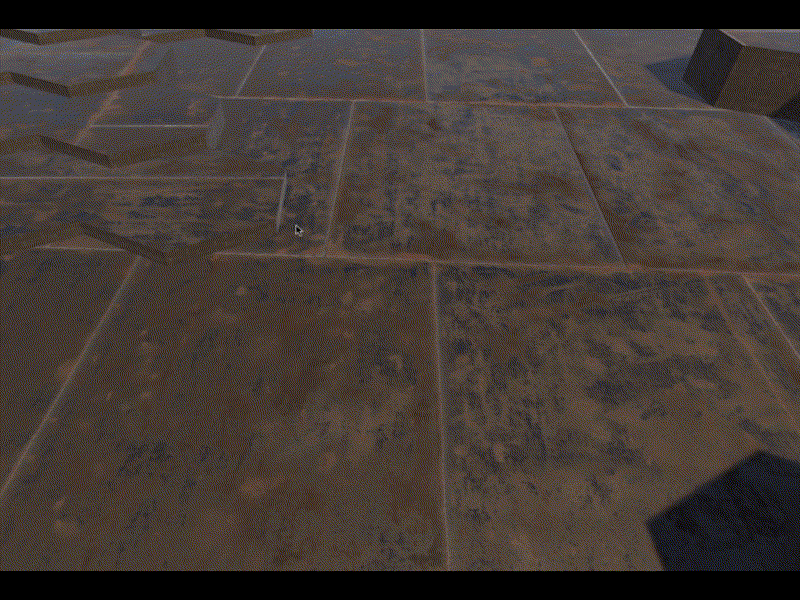Die Commander Introductions
Hi, I’m Rogue Photon – Solo Game Developer
Welcome to my devlog! I’m a self-taught developer/physicist/musician working on a number of projects. Recently I’m building [Die Commander] (“Die” as a singular of dice, working title), a physics-based RTS where dice aren’t just tools – they’re your units.
In this blog I will write updates about the game’s development, from prototype to (hopefully) release. Expect posts about:
- Core features of most RTS games adjusted to my needs
- Behind-the-scenes struggles
- Requests for help in the decision making
The Core Mechanic: Dice as Units
At the heart of [Die Commander] lies a simple but deadly premise: your units are dice, and their combat relies entirely on physics-based rolls.

Behold – the first roll of the dice! Already with the settling and displaying result feature.
Here’s what makes this mechanic unique:
- Physics-Driven Outcomes: No two rolls are identical. Terrain, force, and dice weight drastically change battles.
- Strategic Randomness: You control how and where you command to move, but physics decides the combat results.
- Combar System questions: Combat based on roll-result implies that the units will how to wait for other combatant dice to settle (to read the roll result). I don’t know yet how to handle it.
Why Dice?
“Dice are the perfect blend of strategy and chaos – just like war.”
– Me, after losing 10 prototype battles in a row
I’ve always loved games that use both: skill and randomness. RTS game genre relies on the skill, rolling the dice is imherently luck based. I believe that combining these components will create something unique and special.
What’s Next?
- Next Week: Unit selection, movement and pathfinding.
- Early June: Combat system.
- Late June: Worker units, gathering resources.
- Regular Updates: Every Friday/Saturday, expect progress reports and GIFs of catastrophic failures.
Follow this blog for weekly updates, and may your rolls ever be in your favor.
– [Rogue Photon]